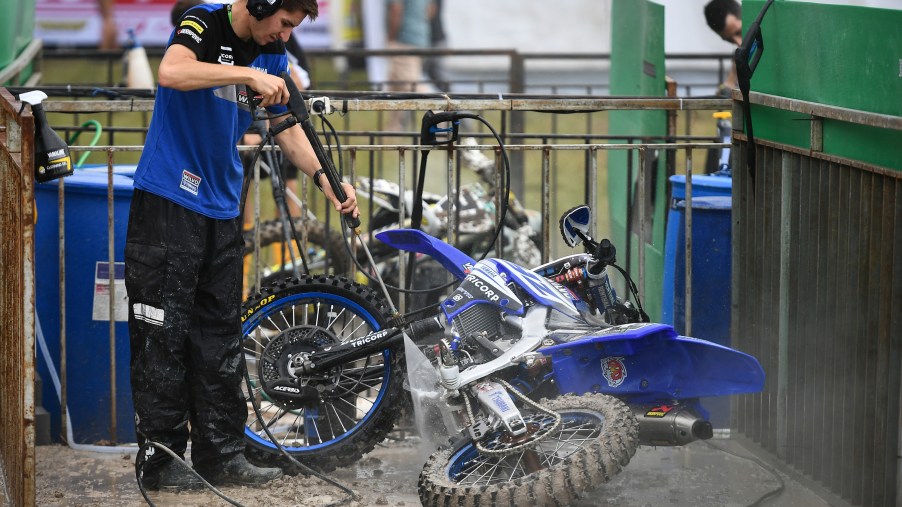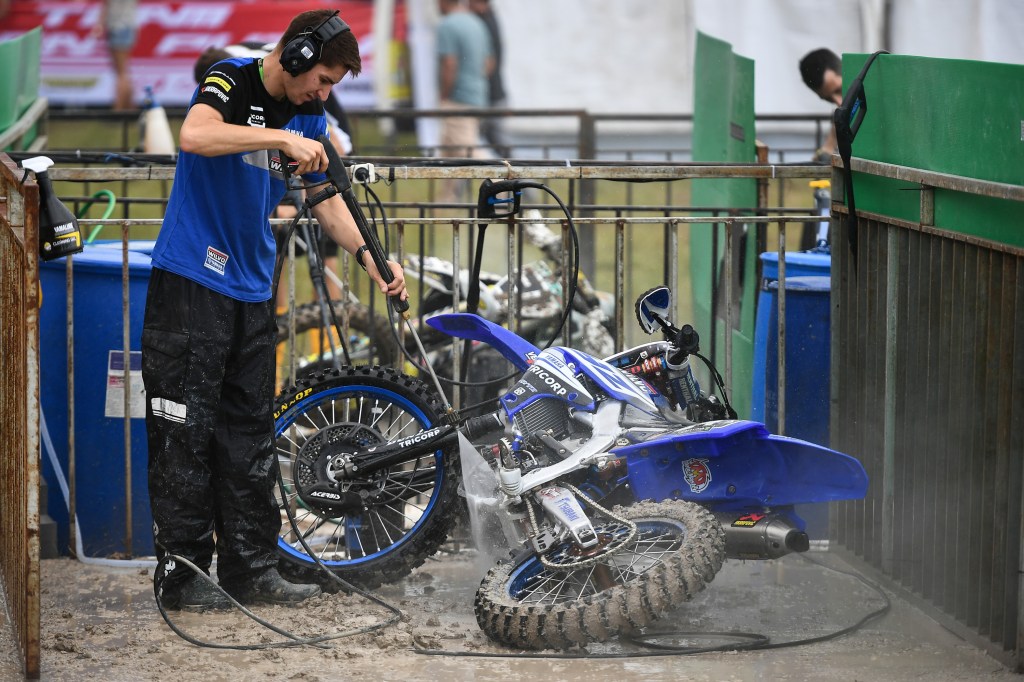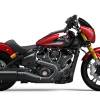
How to Wash Your Motorcycle Properly
Although cars and motorcycles differ on a few maintenance items, they both need to be washed regularly. Giving your motorcycle a wash isn’t just about aesthetics, though. It removes contaminants, like bugs, which can damage the paint, and potentially cause rust. Unfortunately—or, rather, given how they can damage paint, fortunately—you can’t just take a motorcycle through a car wash. But with the proper precautions and tools, it’s a process you can easily do at home.
What you’ll need to wash your motorcycle
The tools needed to wash your motorcycle aren’t that different from what you would use on a car, Motorcyclist reports. You’ll need a washing mitt or sponge, a spray cleaner, cleaning solution, 2 buckets, a scrubbing brush, and some chamois or microfiber wipes.
The 2 buckets, RideApart explains, are meant to separate the dirt from the wash water. If dirt gets caught in your mitt or sponge, it can scratch your paint, leading to potential future damage.
As for the cleaning solution, there are a number of ready-made products available, Revzilla reports. Some, though, are specially formulated for a specific area or purpose, such as cleaning the wheels and can be damaging if used elsewhere. But even a general-purpose car wash solution works just fine, Jalopnik reports.
It is possible, Cycle World reports, to use a pressure washer to help with rinsing and removing dirt. However, using it to wash your motorcycle requires a measure of care. The high-pressure water can remove graphics and damage your electrical systems if used improperly. Additionally, it can also damage your chain and seals, and remove protective grease from your wheel bearings, Car Wash Country reports.

That being said, as the image above shows, professional racing teams regularly use pressure washers to clean bikes quickly. As long as you stand at least 2’ away, and aim carefully, they can be an effective tool.
The bike wash procedure
Before you wash your motorcycle, make sure it’s had a chance to cool down if you’ve been riding it. That includes getting it out of the sun. The metal expands and contracts as it heats and cools—but if it’s cooled too rapidly, it can crack, AutoEvolution explains. Also, heat can cause excessive streaking and spots. If you can touch the engine and exhaust without injury, it’s cool enough to wash.
Before washing, make sure to plug your bike’s exhaust to prevent water from getting in and causing corrosion. Additionally, especially if you’re using a pressure washer, wrap the electrics for similar reasons.
If your motorcycle has a lot of grime, like bug guts, use the spray cleaner before rinsing it down. This breaks the contaminants down a bit to make cleaning them up easier. Next, gently rinse the motorcycle, making sure to avoid spraying water in the seals, wheel bearings, and on the electrics.
After that, use the sponge and brushes to remove any stubborn dirt or debris still remaining. Try to work in small sections, rather than tackling the whole bike at once. And don’t press too hard, or you could leave scratch marks in the paint. If you’re using the 2-bucket system, dunk the cleaning tools first in the plain water to remove the dirt, then go the sudsy one.
Once that’s done, rinse the bike one more time, and dry it with the chamois/microfiber cloths. But that’s not the last motorcycle wash step, though.
What comes next
During the wash process, your motorcycle’s chain will likely get splashed with water and cleaner. As such, it has to be re-lubed to prevent rust.
The chain can also be cleaned and lubed on its own, Revzilla reports. But after a general motorcycle wash, all you really need to do is wipe the chain down and spray on the lube.
Also, after washing comes waxing, to give your bike’s paint extra protection. Applying wax doesn’t have to be done after every wash, The Drive reports. However, depending on the wax, it should be done anywhere from twice a year to every month.
Follow more updates from MotorBiscuit on our Facebook page.


